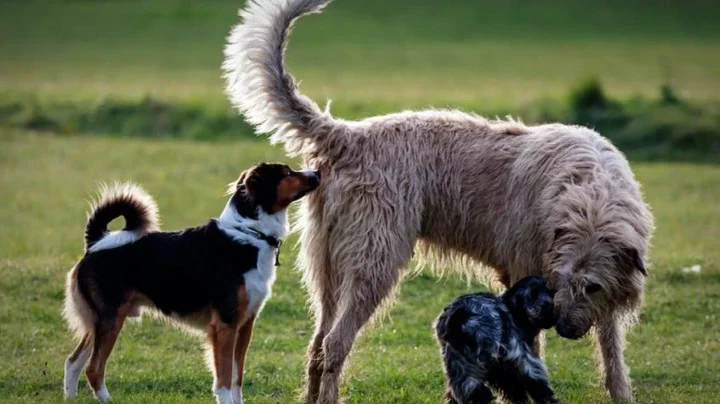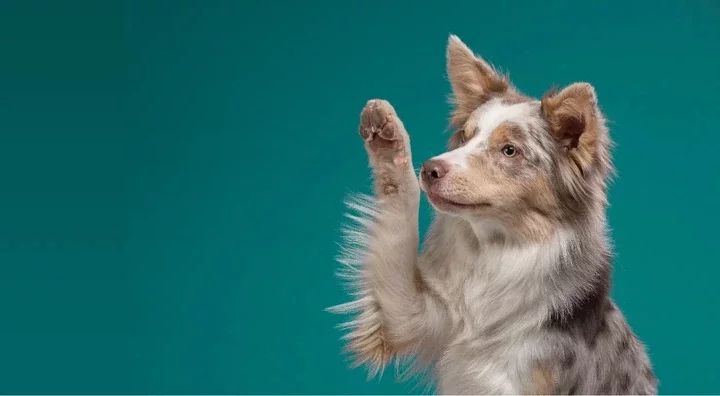
Have you ever found yourself observing your dog as they carefully lift one leg while urinating? It's a behavior that might seem simple at first glance, but it actually holds intriguing insights into canine communication and social dynamics.
Instinctual Behavior: A Throwback to Ancestral Roots
H1: Evolutionary Roots of Leg Lifting
The behavior of lifting a leg while urinating is deeply ingrained in a dog's evolutionary history. To truly understand why dogs, engage in this behavior, we need to take a journey back to the roots of the canine family tree. Wolves, the ancestors of domestic dogs, relied heavily on scent marking to communicate vital information about their territory, social status, and reproductive availability. By leaving their scent on various surfaces within their environment, wolves could establish boundaries, warn off potential intruders, and attract potential mates.
Marking Territory and Communication
H3: Establishing Dominance and Asserting Presence
One of the primary functions of leg lifting in dogs is to mark their territory. When a dog raises its leg to urinate on a vertical surface like a tree or a hydrant, it's not just relieving itself-it's also leaving behind a potent chemical message for other dogs to decipher. This scent marking serves as a clear indication of ownership and territorial boundaries. Additionally, in multi-dog households or neighborhoods, it can help establish a hierarchy, with dominant dogs often marking more frequently and in more conspicuous locations than their subordinate counterparts.
H3: Scent Identification and Social Interaction
Unique Scent Profiles
Each dog has a unique scent profile, much like a fingerprint, that is influenced by factors such as age, sex, health, diet, and individual genetics. When a dog encounters a scent mark left by another canine, it's not just detecting a generic odor-it's gathering detailed information about the animal responsible for that mark. This information can include the identity of the marker, their reproductive status, their emotional state, and even aspects of their health. By sniffing and interpreting these scent messages, dogs can gain valuable insights into the social dynamics of their environment.
Social Dynamics and Pack Behavior
Maintaining Social Hierarchies
In a pack or social group setting, leg lifting can also serve as a means of establishing and maintaining social hierarchies. Higher-ranking dogs often engage in more frequent and conspicuous marking behaviors as a way of asserting their dominance and reinforcing their status within the group. Conversely, lower-ranking dogs may exhibit more submissive behavior by avoiding marked areas or by urinating with less intensity.
Communication Through Scent
H6: Long-lasting Messages
Unlike visual or auditory signals, which can fade relatively quickly, scent marks have the advantage of longevity. Once deposited, scent marks can persist for extended periods, providing a continuous source of information for other dogs in the area. This ongoing exchange of olfactory messages helps to foster social cohesion and regulate interactions within the canine community.
Developmental and Learned Behavior
H3: Learning from Peers
While leg lifting has a strong instinctual component, it's also influenced by learning and socialization. Puppies, in particular, learn much of their behavior by observing and mimicking the actions of older, more experienced dogs in their social group. Through this process of social learning, puppies gradually acquire the skills and behaviors necessary for survival and social integration.
H3: Environmental Influences
Adaptive Responses
Environmental factors play a significant role in shaping a dog's marking behavior. In unfamiliar or competitive environments, dogs may be more inclined to mark frequently and aggressively as a way of asserting their presence and defending their territory. Conversely, in more secure or stable environments, marking behavior may be less pronounced, as there is less need to advertise ownership or dominance.
Individual Variation
Gender Differences
While leg lifting is commonly associated with male dogs, female dogs are also capable of engaging in this behavior, albeit to a lesser extent. Female dogs typically urinate in a squatting position, which allows them to direct their urine closer to the ground. However, in certain situations, such as when in the presence of intact males or during competitive interactions, female dogs may adopt a more upright posture and lift their leg to urinate.
Breed and Size Variations
Certain breeds and individual dogs may exhibit variations in their marking behavior based on factors such as breed type, size, and individual temperament. Smaller breeds, for example, may not lift their legs as high as larger breeds due to anatomical differences and may rely more on ground-level marking. Additionally, breed-specific traits and preferences may also influence a dog's marking behavior, with some breeds being more prone to marking than others. The behavior of lifting a leg while urinating is a complex and multifaceted aspect of canine behavior that is influenced by a variety of factors, including evolutionary history, social dynamics, individual experiences, and environmental cues. By understanding the underlying reasons behind this behavior, dog owners can gain valuable insights into their pet's communication and social interactions, allowing for better care and fostering stronger bonds between humans and their canine companions.















Comments